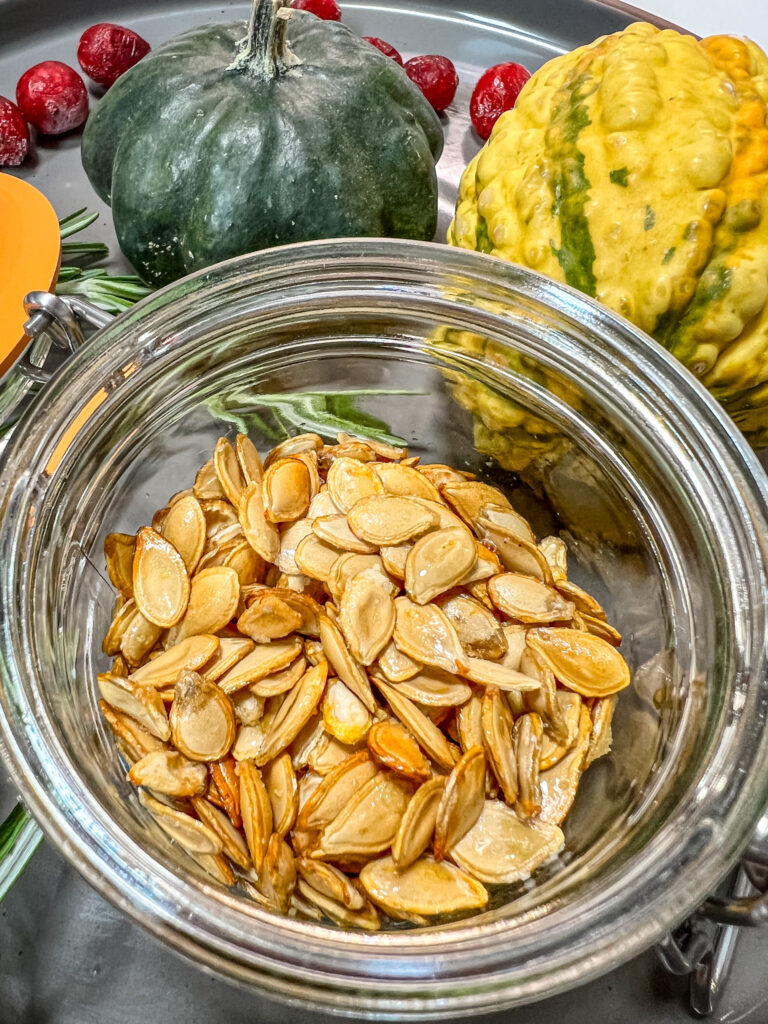9 Emergency Whole Milk Substitutes
This post may contain affiliate links. That means I may make a small commission on items purchased through links in this post at no extra cost to you! Affiliate Disclaimer
Whole milk is commonly used in cooking and baking. It provides richness and flavor. Because of its fat content, whole milk is thicker than other milks. It is the closest to “straight from the cow.” That fat adds body and flavor to a recipe. That being said, I know many of you don’t generally tend to have whole milk on hand. Whether you don’t usually drink it so prefer not to buy it unless you need to or can’t use it for dietary purposes, you may find yourself looking for alternatives. Lucky for you, there are several whole milk substitutes that you can use! Many may already be in your kitchen!
The Best Whole Milk Substitutes
Reduced-Fat Milk
Honestly, you can really use any other milk regardless of the fat content (non-fat or 0%, 1%, 2% milk, etc.) UNLESS the recipe explicitly says you should use whole milk.
Use a one-to-one ratio of the milk you have to whole milk. For example, 1 cup of fat-free milk in place of 1 cup of whole milk.
Even with the fat content difference, since it is also cow’s milk, this substitution won’t change the flavor or texture of the recipe much, if at all.
Half and half
If you have this on hand for your coffee, you’re good to go! Half and half is an equal mixture of whole milk and heavy cream, so replacing milk with this in a recipe will give you almost the same results!
Use a one-to-one ratio of half and half to milk.
Heavy cream
If you’re like me, then you always have heavy cream in your fridge! You never know when you might want to whip up some Whipped Cream from Scratch or my some Le Chocolate Chaud! Since heavy cream has a higher fat content, you’ll need to dilute it. For every ½ cup of heavy cream used you will need to add ½ cup of water.
Use a one-to-one ratio of the diluted heavy cream to whole milk. For example, ½ cup of water and ½ cup of heavy cream (equalling 1 cup of diluted heavy cream) in place of 1 cup of whole milk.
Of course, heavy cream is still in the dairy category, so you should have the same desired texture.
Nondairy milks, I.E. soy and almond
Maybe (for whatever reason) you don’t have cow’s milk in your fridge. Maybe you have almond, coconut, or oat milk instead. In that case, you swap the one you have in that recipe. Continue reading Jenn’s Notes next.
Jenn’s Notes:
Use a one-to-one ratio dairy-free alternative to milk.
Sour cream
Sour cream can be used as a one-to-one ratio for whole milk in some recipes, especially for quick breads and pan sauces. However, sour cream is thicker and tangier than milk, so it can change the flavor and texture of the dish. You may need to adjust other ingredients to account for the added richness and acidity
In the end… Sour Cream can add moisture and a slightly tangy flavor to baked goods. It can also help baked goods rise because of its acidic properties.
Use a one-to-one ratio sour cream alternative to milk.
Yogurt
Plain yogurt can replace milk in many recipes, especially in baking. Depending on the yogurt used, you may need to dilute it. The final product may have a different consistency because yogurt has a thicker texture than milk. Continue reading Jenn’s Notes next for more details.
Jenn’s Notes:
Use a one-to-one ratio of fat-free yogurt to milk.
Use a one-to-one ratio of diluted whole fat yogurt to milk.
Evaporated milk
Evaporated milk is one that if you don’t have sitting in your pantry you should. It has a long shelf life and can be used in many recipes. It can also help you replace the whole milk you don’t have. It is literally milk with 60% of the water removed. That being said… You will need to dilute it. For every ½ cup of heavy cream used you will need to add ½ cup of water. This will give the evaporated milk a similar consistency to drinking milk.
Jenn’s Notes:
Use a one-to-one ratio of the diluted evaporated milk to whole milk. For example, ½ cup of water and ½ cup of evaporated milk (equalling 1 cup of diluted evaporated milk) in place of 1 cup of whole milk.
Canned coconut milk
Canned coconut is creamier, higher in fat, and has a stronger coconut flavor than the aforementioned carton/bottled coconut milk is lower in fat and calories. In general, you can substitute full-fat canned coconut milk for whole milk in a one-to-one ratio when cooking or baking. However, there are some things to keep in mind:
Jenn’s Notes:
Use a one-to-one ratio of canned coconut milk to milk.
Water
If you’re really in a pinch, can’t find any of the above substitutions, and don’t have a friendly neighbor to call on, then you can use some water. This option is really only good if you need a few tablespoons of milk. Otherwise, it can really affect the richness (or lack thereof) of the final product. Diner-style pancakes are a perfect recipe for this substitution
Use a one-to-one ratio of water to milk.
Cooking with Kids
DISCLOSURE: These tips are generalized, and meant to be suggestive. Everything I’m sharing I do with my kids, and they are all different even within my own five. So please take these as suggestions or ideas and if you think your child needs more or less help, then go with what you and your child are comfortable with. Ultimately, you know your kids, do what YOU think is best.
This is perfect for kids especially kids working on fractions.
Need more Cooking Tips and Tricks? Check out:
- Must-Know Tips for Baking with Kids
- How to Make Whipped Cream from Scratch
- The Importance of Washing Rice for Perfect Results
Want to remember this post?
Pin it to your favorite Pinterest Board!









